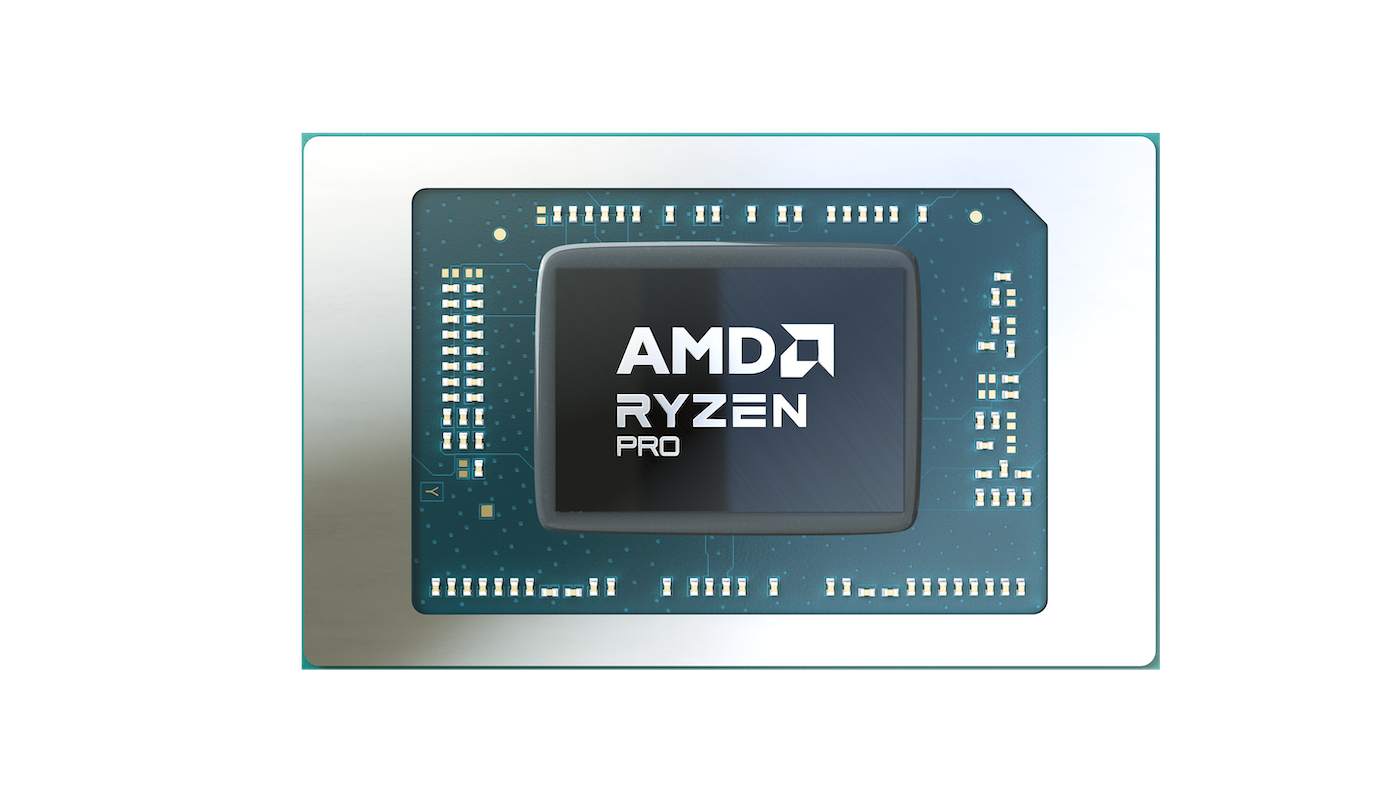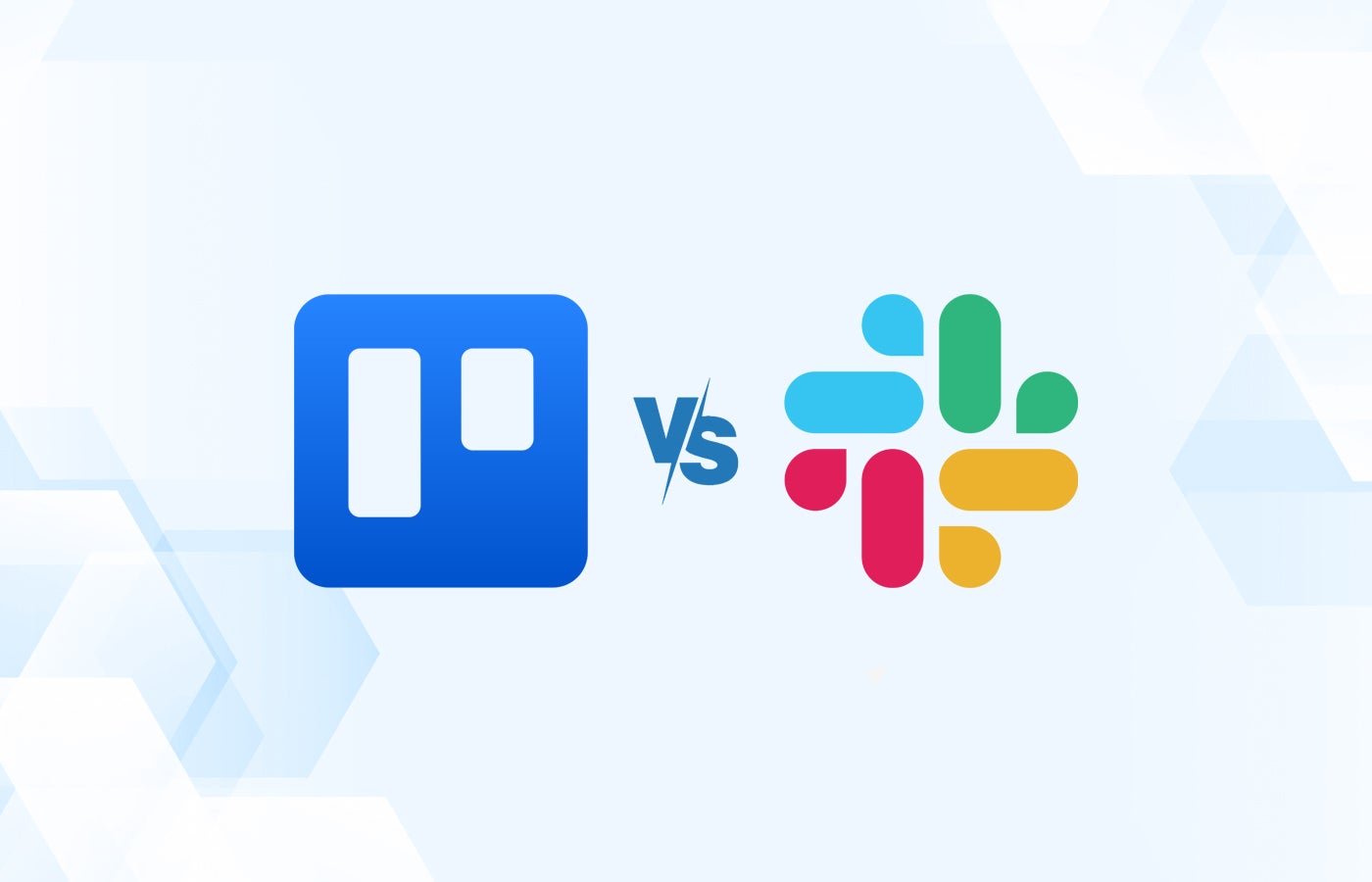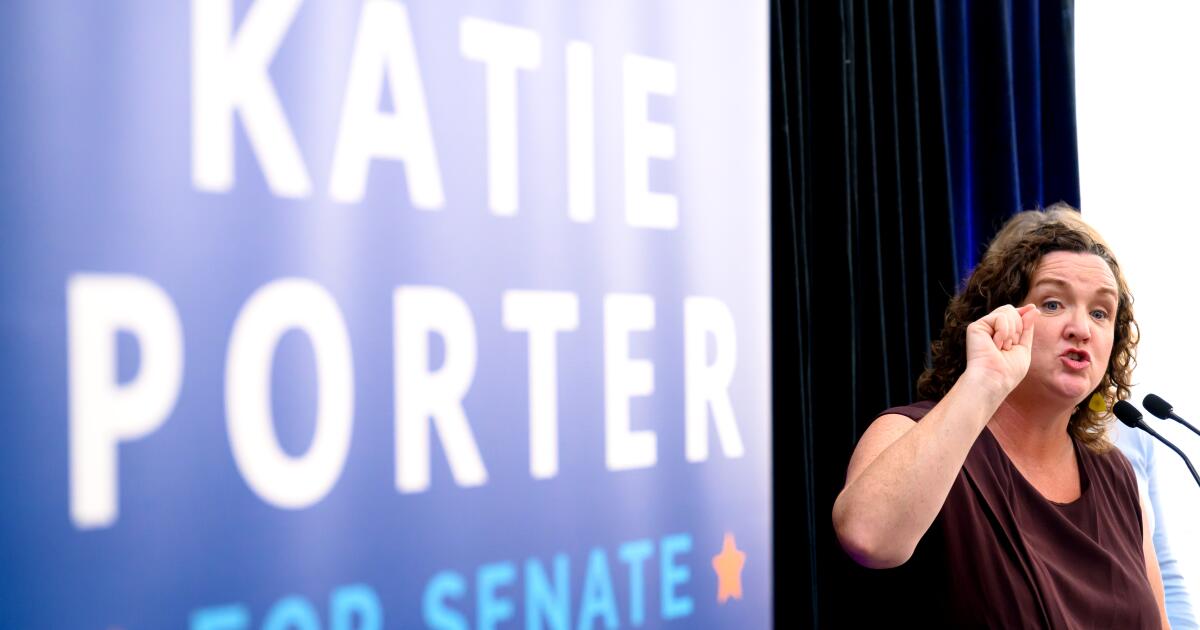Scrum is a method that can help increase efficiency and manage resource tracking in complex projects. Instead of tackling a huge project all at once, the team breaks it down into smaller, more manageable sprints and focuses its efforts on delivering high-quality results incrementally.
A simple analogy to understanding the scrum is to think of how you would train to run a mile. Rather than building endurance for long distances, it is more effective to run short, intense sprints with the goal of completing a single lap of a track as quickly as possible. Each sprint sharpens your speed, builds endurance, and allows you to refine your technique.
This is exactly how Scrum works in project management and when used effectively, can result in faster project delivery with minimal loss of time and budget.
1
Monday.com
Employees by company size
Micro (0-49), Small (50-249), Medium (250-999), Large (1000-4999), Enterprise (5000+)
Any size of company
Any size of company
Characteristics
Agile development, analytics/reporting, APIs and more
2
Wrike
Employees by company size
Micro (0-49), Small (50-249), Medium (250-999), Large (1000-4999), Enterprise (5000+)
Medium (250-999 employees), Large (1000-4999 employees), Enterprise (5000+ employees)
Medium, large, corporate
Characteristics
Agile development, analytics/reporting, APIs and more
3
Fast base
Employees by company size
Micro (0-49), Small (50-249), Medium (250-999), Large (1000-4999), Enterprise (5000+)
Small (50-249 employees), Medium (250-999 employees), Large (1000-4999 employees), Enterprise (5000+ employees)
Small, medium, large, company
Characteristics
Agile development, analytics/reporting, APIs and more
What is scrum?
Scrum helps teams organize and complete complex projects more efficiently. By breaking down these complicated projects into smaller, more manageable pieces, the team can constantly improve their work through iterative feedback.
Scrum simplifies complex projects and encourages collaboration. While scrums are often used in software development, this methodology can be used to help any team overcome any complex project.
The term scrum originated in rugby to describe the movement of the team around the field of play as a single unit, passing the ball to the correct person as dictated by the rapidly changing play. After writers Hirotaka Takeuchi and Ikujiro Nonaka first used it in the 1980s as a way to visualise evolving modern business practices in the context of sport, scrum became permanently associated with this style of draft.
What is scrum methodology?
The Scrum methodology allows teams to work collaboratively to tackle complex problems in small, manageable tasks called “sprints.” Sprints typically last a few weeks, and at the end there is a review process to analyze how things went and what can be improved.
This iterative process facilitates continuous improvement of the product and workflow through constant feedback. It's like taking periodic exams throughout a semester to measure learning and make adjustments before taking the final exam, rather than sitting the final exam without studying.
Rather than waiting until the end to see if the project is successful, Scrum allows teams to continually assess progress and adapt.
Scrum vs Agile
Agile is a more general mindset for managing projects where the focus is on being flexible, working in small steps, and constantly improving. Scrum is a specific way of putting the Agile mindset into practice. In other words, Agile is the idea, while Scrum is the enabling action.
SEE: Find recommendations for the best agile project management software.
How to get started with Scrum
To get your team up and running with Scrum, the first step is to form your team. The main requirement for members of this team is that they be present throughout the Scrum lifecycle. This helps maintain consistency and facilitate collaboration.
Scrum Team Roles
Scrum encourages team members to take responsibility for their work, communicate thoroughly with the rest of the group, and self-organize. The structure of the team that executes this methodology does matter.
Key roles include:
- Product Owner: The Product Owner is responsible for maximizing the value of the work performed by the Development Team and acts as a liaison between stakeholders and the Scrum Team.
- Scrum Master: The Scrum Master facilitates and guides the Scrum through each event to the final goal. It is important to note that this role is not necessarily that of a manager, but rather that of a project facilitator and a leadership role that works to anticipate obstacles for the development team, ensuring smooth and continuous progress.
- Development team: The development team is responsible for delivering the final product at the end of each sprint. They are self-organized during the sprint and perform different roles within the development team based on their skills.
Collectively, this group is called a Scrum team. Each role is an essential part of the methodology and feedback loop, and the ultimate goal is to improve the product through each sprint.
The next step is to determine who is responsible for the scrum artifacts.
Scrum Artifacts
Maintaining visibility of progress for the entire team is a key component of every sprint in scrum. This is very helpful for the team to stay on track and self-organize as they move through the stages of the project. To streamline the management of these artifacts, the team may consider using project management software.
Product portfolio
Who supervises it? Product Owner.
What is it: This document should contain all ideas, items, and proposals for the entire project and serves as the single source of information for the Scrum Team. Most importantly, it contains the Definition of Done (DoD), which defines the Scrum Team's agreed-upon definition of project or product completion. It should be continually updated to reflect current adaptations and improvements that the Scrum Team has made.
Sprint To-Do List
Who supervises it? Development team.
What is it: This document contains the overview of a specific sprint. It defines the sprint goal, which is the scope of work that the development team is responsible for delivering by the end of the sprint. It keeps them on track with the overall project through the sprint objective, which defines the role of the sprint in the overall project, and it contains the task breakdown, where each task is broken down into actionable steps.
Evolution graphs
Who supervises it? Scrum Master.
What is it: Burndown charts are visual representations of the team's progress. These charts pull data from the product backlog and sprint backlog to show the amount of work remaining for the product compared to the time remaining until completion. This tool provides the entire team with visibility into the current progress made and allows the team to make course corrections if the schedule cannot be met.
Increase
Who supervises it? The whole team, but mainly the development team.
What is it: The Increment is the actual product that the Development Team is working on. It is the current state of the product, which is essentially an amalgamation of the current Sprint along with all the previous Sprints. The Scrum Team monitors the Increment closely to ensure that the product meets the DoD upon completion.
Scrum Events
Once the Product Owner creates the Product Backlog and the Scrum Team is assembled, the final step for you is to attend Sprints, also known as Scrum Events.
Scrum events are:
- Sprint Planning: This meeting marks the start of the sprint. This is where the entire Scrum Team comes together to determine the sprint schedule (usually 2-4 weeks) and agree on the DoD.
- Daily Scrum: This happens every day that the sprint is being worked on, usually at the same time and for the same duration to maintain consistency. This short meeting attended by the development team is where the group discusses what they did yesterday, what they are going to do today, and any obstacles they may face.
- Sprint Review: This review is held with the entire Scrum Team and stakeholders at the end of the Sprint to review the Increment. This is where the team presents the product to stakeholders to get feedback on what needs to be updated.
- Sprint Retrospective: The Sprint Retrospective is the final event of the Sprint and includes the entire Scrum Team. This is where the team reflects on what went well and what can be improved for the next Sprint. The goal is continuous improvement for subsequent iterations.
Your team may want to consider using a Scrum project management tool to facilitate current sprints and maintain a history of previous sprints for comparison. Project management software is also helpful for coordination between company employees and external stakeholders.












